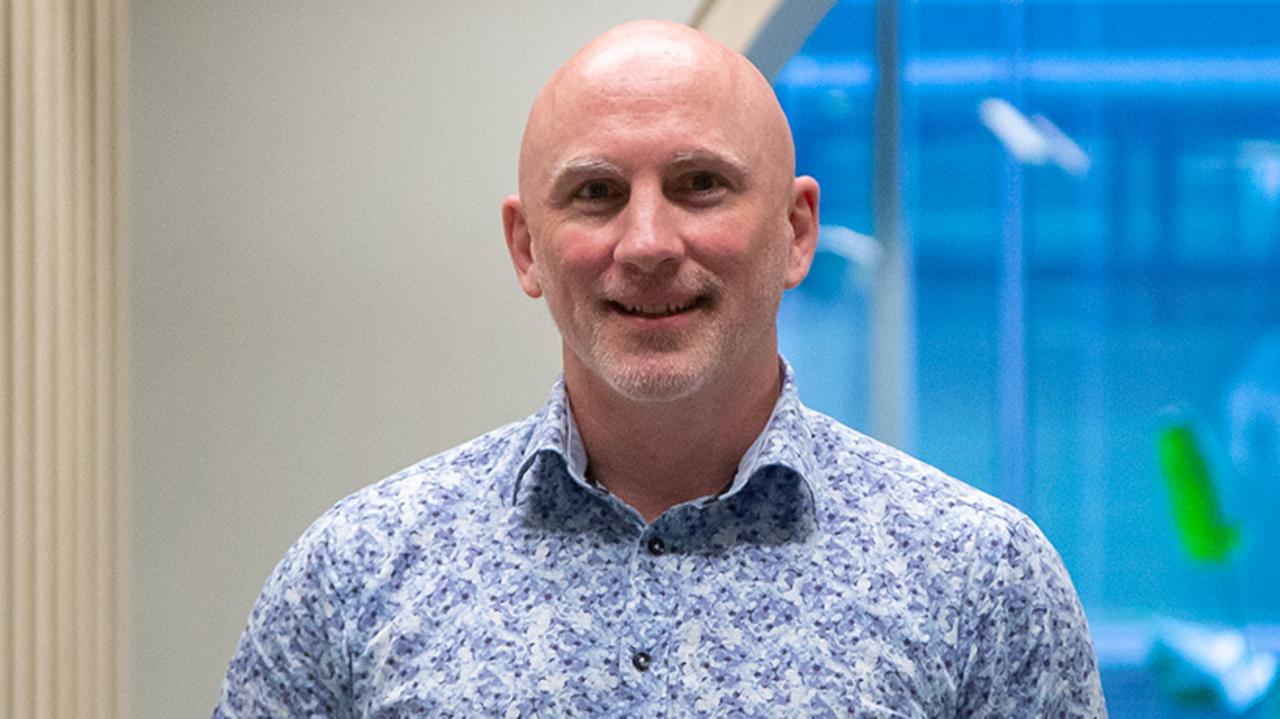How to save the planet without breaking the bank
Sophie Clark has revealed how she is making savings when she shops. See how she does it without breaking the bank.

SmartDaily
Don't miss out on the headlines from SmartDaily. Followed categories will be added to My News.
The rising cost of living could take a toll on the planet, as Australians shy away from solar panels and electric vehicles in favour of tightening their belts.
Research and data company Dynata reveals two in five Aussies (41 per cent) are less interested in buying a hybrid or electric car than a year ago because of inflation and rising costs.
More than a third (36 per cent) say they are less interested in renewable energy such as solar panels for the same reason, and this is particularly true for Millennial males (45 per cent).
Dynata Asia Pacific managing director James Burge says many Australians remain concerned about climate change but their ability to take action has been limited.
“A high proportion are feeling the pinch and having to take action in whatever ways they can to try to manage their financial pressures,” he said.

One silver lining of the rising cost of living, however, is that it has encouraged people to purchase more second-hand goods, which is a more sustainable way of shopping than buying new.
Almost four in five respondents (38 per cent) say they have been purchasing more used/second-hand items because of rising prices, and this is especially true for Generation Z (54 per cent).
Ipswich’s Sophie Clark, 17, buys preloved clothing from op shop Suited to Success and says she has become a lot more conscious when shopping.
“Sustainability has been the biggest driver (for me), especially as the fashion industry is the second largest contributor to global pollution,” she says.
Ms Clark, who is also a qualified stylist and volunteers at Suited to Success, says preloved prices are also much better.
“I could buy five things and it would cost me maybe $40,” she says.
“At a retail store like H&M or Zara, that would get you one thing and maybe it would break after one wash or it’s microplastics that don’t feel good.
“I picked up pants once that would have cost $1200 retail.
“You don’t always have to buy new to get quality.”

Suited to Success provides free styling, clothing, and career support services for people who have experienced domestic and family violence, are living with a disability, or are newly arrived migrants and refugees.
Every dollar spent in the store goes directly towards providing these services, chief executive Tamara Smith says.
“We are proud of our role in reducing fashion waste, recycling clothing, and of playing our part in the circular economy,” Ms Smith says.
“When you shop with us, you are helping people in need and helping the planet.”
Another way Australians can help the planet without breaking the bank is to conserve energy and reconsider the time of day they use energy.
Monash University’s Dr Kari Dahlgren – who is a research fellow in the Emerging Technologies Research Lab, with a focus on energy forecasting – says timing has become increasingly important as more renewables power the grid.
“There are negative prices for wholesale electricity in Victoria on beautiful sunny days, meaning we are producing more energy than there is demand, but that won’t be the case when the sun goes down,” she says.
“Using more energy in the middle of the day when the sun is bright and shiny is a simple way we can bring on the renewables transition – rather than buying batteries and storage, which has it’s own environmental impacts.”

Dr Dahlgren says people who work from home can easily schedule their dishwasher or laundry for the middle of the day.
Similarly, people can reduce how much airconditioning they use at home by timing their outings with warm parts of the day – for example, doing grocery shopping in the hot summer afternoons.
The Dynata research finds 42 per cent of Australians are “very” or “extremely” worried about climate change and the environment.
They rank ahead of worries such as political conflict and unrest around the world (38 per cent), crime and public safety in Australia (33 per cent), the ongoing impacts of the Covid-19 pandemic (32 per cent), Australia’s immigration policies (25 per cent) and Australia’s LGBTQ+ rights (16 per cent); but behind rising prices and inflation (61 per cent) and Russia’s war on Ukraine (48 per cent).
More Coverage
Originally published as How to save the planet without breaking the bank




